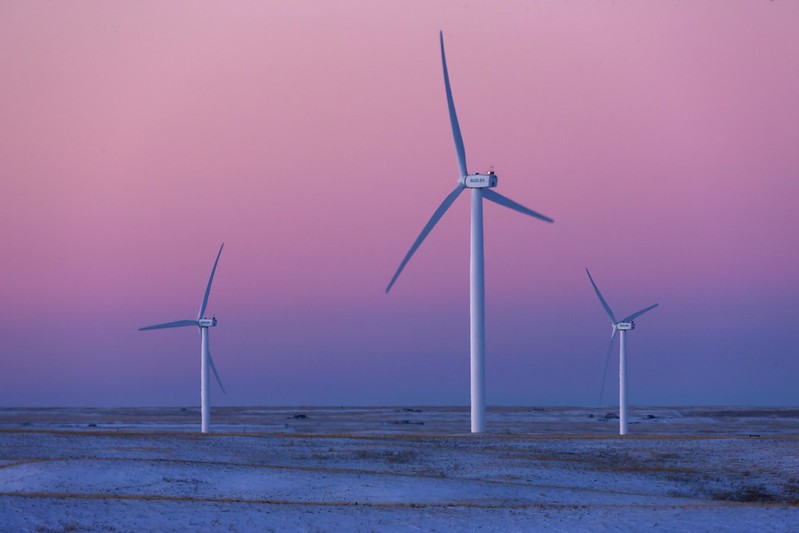Investing in Renewable Energy in Mongolia
 Energy access has surged in Mongolia in recent years. From 2010 to 2018, the percentage of the population that had access to energy in Mongolia increased from 78.5% to 98.1%. In rural areas, the percentage of people who had access to electricity in 2010 was roughly 41.9% and that number grew to about 94.6% in 2018. This increase in energy access coincides with renewable energy projects in Mongolia that the country has invested in.
Energy access has surged in Mongolia in recent years. From 2010 to 2018, the percentage of the population that had access to energy in Mongolia increased from 78.5% to 98.1%. In rural areas, the percentage of people who had access to electricity in 2010 was roughly 41.9% and that number grew to about 94.6% in 2018. This increase in energy access coincides with renewable energy projects in Mongolia that the country has invested in.
Mongolia and Energy
Mongolia relies on imported coal for most of its energy. In 2018, 93% of all power generated from the country’s Central Energy System came from coal plants. However, the coal sector cannot maintain the country’s energy demand for the growing population. Fortunately, the potential for wind and solar energy in Mongolia is believed to be 2,600 gigawatts. This would provide enough energy for all of Mongolia and even Northeast Asia.
The Renewable Energy and Rural Electricity Access Project (REAP)
One of the first projects to capitalize on renewable energy in Mongolia was the Renewable Energy and Rural Electricity Access Project (REAP) which was completed from 2007 to 2012. The goal of the project was to provide herders access to electricity by selling and installing solar home systems (SHSs). At the time, herders were among the most impoverished people in the country. Fortunately, the SHS units provided under the REAP project greatly improved more than 70% of herders’ electricity access in Mongolia.
Photovoltaic Solar Energy (PV)
In 2017, the Second Energy Sector Project (SESP), presented by Mongolio’s Ministry of Energy, was approved by the World Bank. The project’s objective is to renovate and expand Mongolia’s energy infrastructure. The $54.4 million in funding would help supply nine of the country’s provinces and install Mongolio’s first large-scale build photovoltaic solar energy (PV) plant.
Mongolia’s investment follows the successful implementation of PV systems in China. According to Nature, “Of China’s 10 poverty-alleviation projects, its development of photovoltaic-based solar power has been one of the most successful.” In just three years, the solar installations helped 800,000 impoverished households in China. In Lixin, a county in China, the PV systems provided about $440 in extra yearly income to families.
Looking Forward
The government continues to invest in renewable energy in Mongolia. In April 2020, funding was approved to install the world’s largest Battery Energy Storage System (BESS). The project is set to be completed in 2024 and will “supply 44 gigawatt-hours of clean peaking power annually, and support the integration of an additional 859 gigawatt-hours of renewable electricity into the CES grid annually.” The PV systems and BESS are just two new installations of many that are set to tap into the potential of renewable energy in Mongolia and help improve the quality of life for many.
– Sophie Shippe
Photo: Flickr
